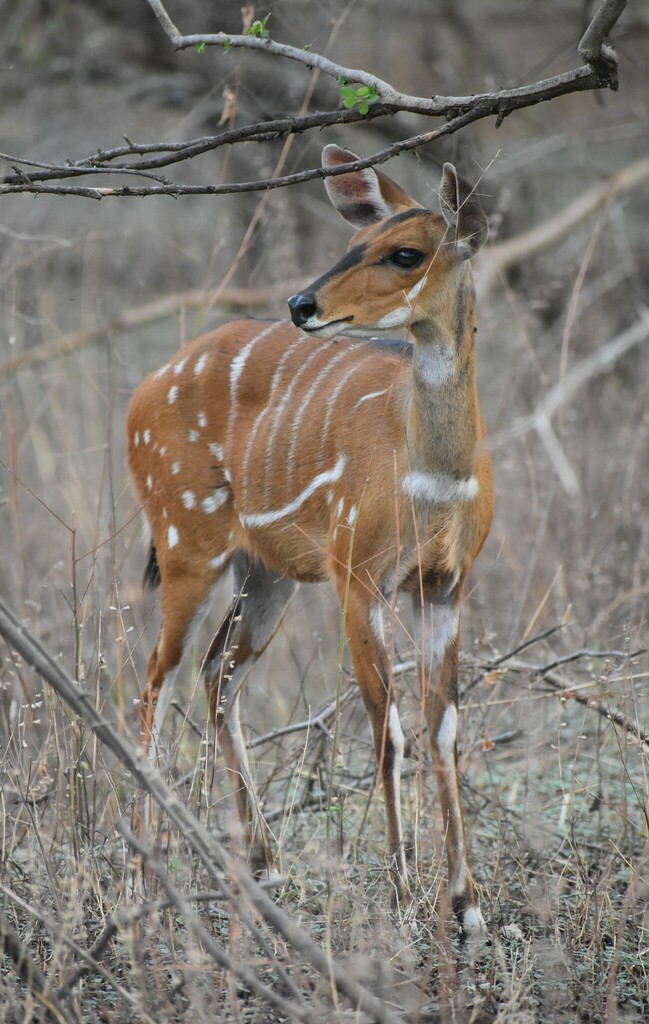Background
Aims
The loss of natural habitats and biodiversity due to human activities is a global concern. Humans can have an impact in many different ways, for example with habitat distruction or even outdoors activities. Outdoor recreation can be seen a positive factor for human benefits, but it has been shown that can have negative effects on wildlife species such as stress and increase in flight response.
Humans are not the only ones that can cause disturbance, but domestic animals have, in fact, a negative impact on wildlife. Cats and dogs are one of the most distributed domestic species in the world and studies have shown how both are considered to be a wildlife distrubance. As cats, dogs have the same negative impact on wildlife from predation to diseases. Moreover, the relationship between dogs and wildlife have been studied in natural environment, helping understanding other species distribution. This disturbance can cause interferences such as decrease the possibility for other carnivores to predate or changing the activity patterns to certain species.
Due to the fact that no studies were done on bushbucks behaviours in relation to human an dog presence, it was therefore the aim of this study:
- To identify which behaviour was performed the most
- To determine if humans and dogs had an impact on the different bushbucks behaviours
